Many first aid and health organizations in Canada do not endorse cough CPR. This is a procedure that is highly publicized in many publications, but doctors have some reservations when it comes its application. Cardiopulmonary resuscitation is regarded not to be useful for victims who are unresponsive. It is regarded to be just appropriate to health care professionals but not laymen with basic CPR training.
When cough CPR is conducted
When there is a sudden arrhythmia or abnormal heart rhythm, it becomes necessary for a conscious responsive person to cough with a great force repeatedly in order to maintain enough blood flow to the brain. This will allow him or her remain conscious for a while before the abnormal heart rhythm is treated. The normal blood flow is maintained by increasing pressure in the chest that happens during the forceful coughs. This is what makes the process to be referred to as cough CPR although it is not taken as a type of traditional resuscitation.
Why it is not recommended in CPR training courses
Cough CPR is viewed as inappropriate to be taught to ordinary people, because it is of no use in the prehospital setting. In essence, all the CPR courses offered to lay-rescuers are those that can be conducted to victims who show some signs of responsiveness. A victim who is not responsive cannot be in a position to perform this form of CPR.
When it is appropriate
This procedure may be considered effective in settings such as cardiac catheterization laboratory where victims are conscious and monitored constantly, for instance, using the ECG machine. A physician or a doctor is also present who can give instructions and coach the victims to cough using force after every one to four seconds of a sudden heart abnormal rhythm. Due to the fact that cough CPR only works on some patients; it is not supposed to delay definitive treatment.
Recommendations
The most effective strategy is to be able to recognize early warning signs for cardiac arrest and heart attack and be able to respond very quickly. You can do this by calling 911 or any other efficient emergency health service provider. In case you are driving alone and start experiencing acute chest pain or some form of discomfort that begins to move into your arms or up to other body parts, you just need to alight from your car and call for help or dial 911 immediately.
